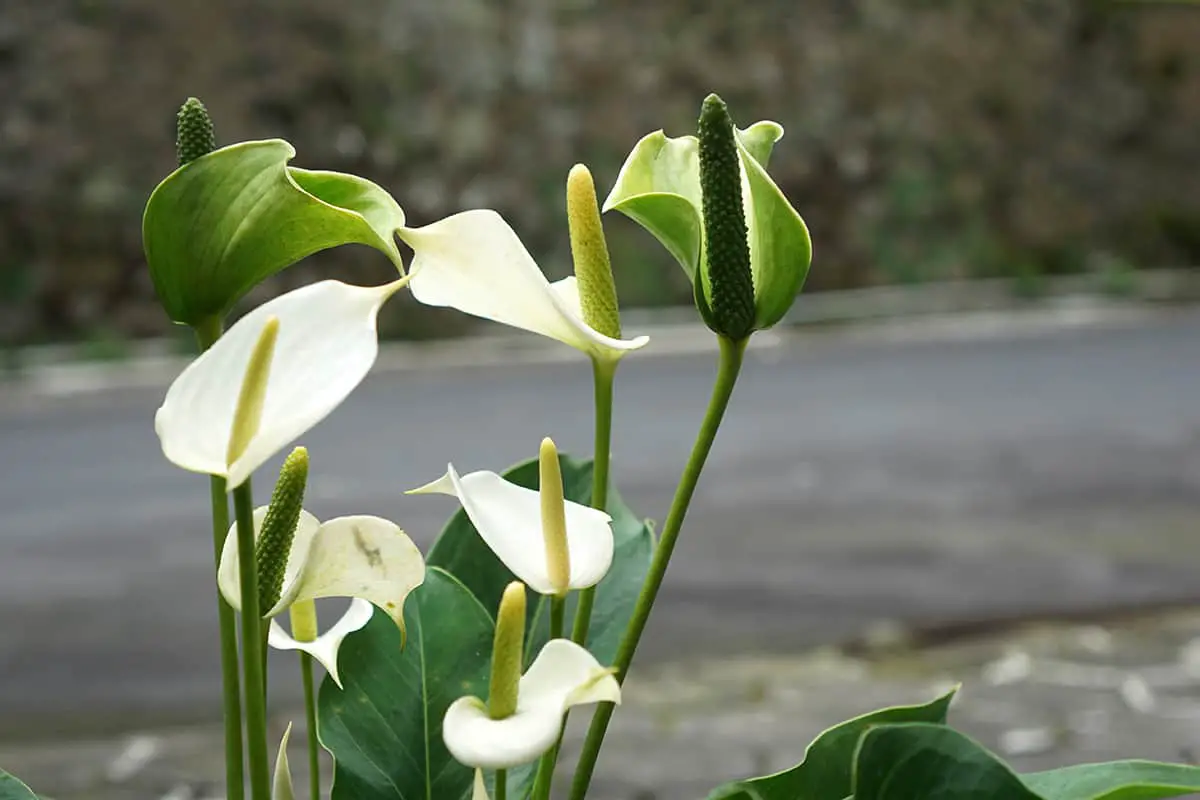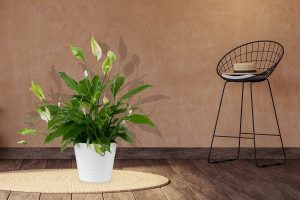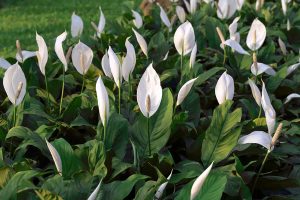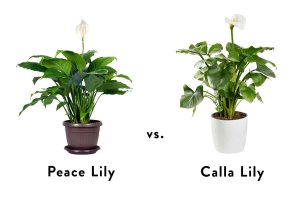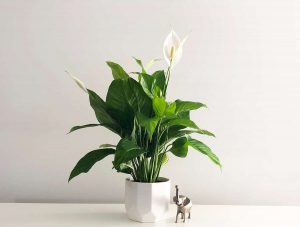The Peace Lily has a distinctive look which makes it quite easy to identify, but there are a handful of other plants that have visual similarities to the Peace Lily, and these can sometimes get mistaken for each other.
Here we take a look at the main plants that get misidentified as Peace Lilies and detail their distinguishing features so that you can tell them apart.
Table of Contents
Plants that Look Similar to Peace Lily
Cast Iron Plant
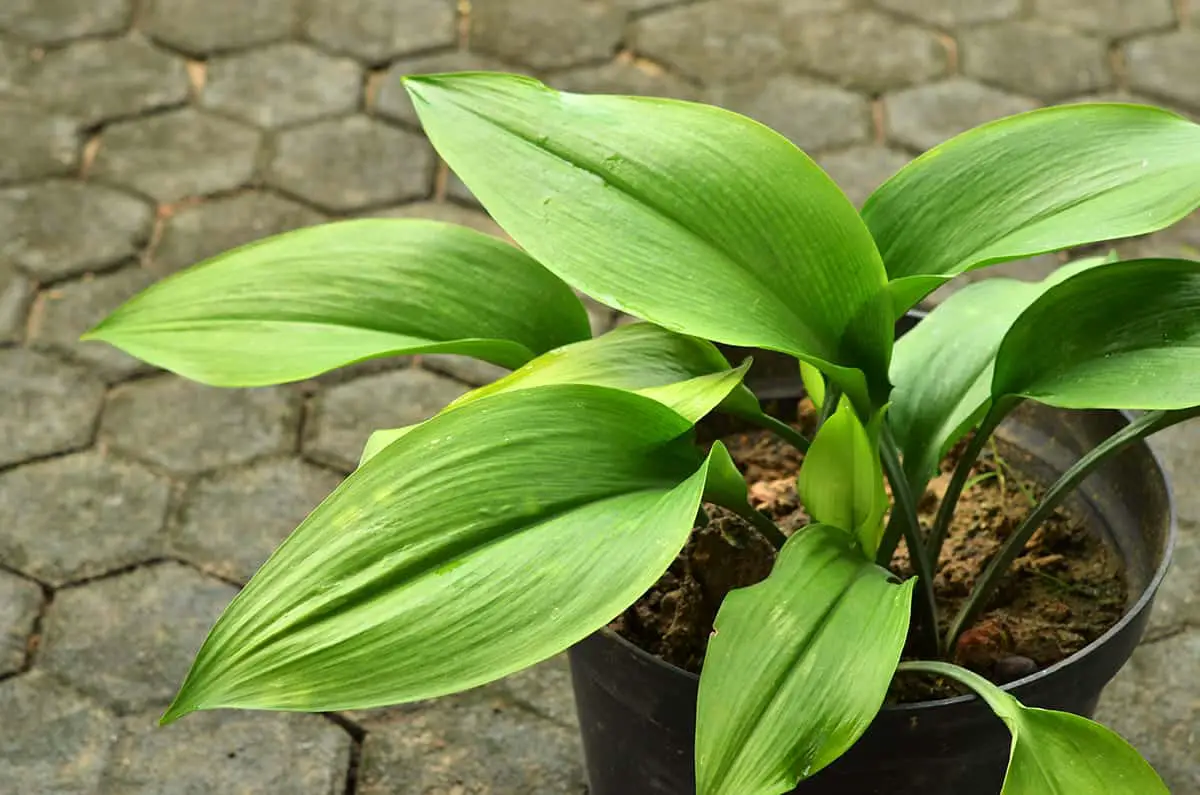
The Cast Iron Plant is botanically known as Aspidistra elatior, and it is commonly called the ‘Cast Iron Plant’ because it is so tough. This plant was very popular as a houseplant during Victorian times when indoor lighting was notoriously dim.
It is a very easy plant to care for, which gives it a commonality with the Peace Lily, but most of all, it is the leaves of this plant that make it most similar to the Peace Lily. The foliage of the Cast Iron Plant is long and slender, coming to a point at the tip much like many varieties of Peace Lily.
The coloring of the foliage is also similar, as it is a deep and dark shade of green. Cast Iron Plants are foliage plants, and they won’t produce flowers when kept indoors, unlike Peace Lilies which can bloom profusely. When the Peace Lily is not in flower, you may confuse it with a Cast Iron Plant, but when it is flowering, the distinction between the two will be very obvious.
Flamingo Flower
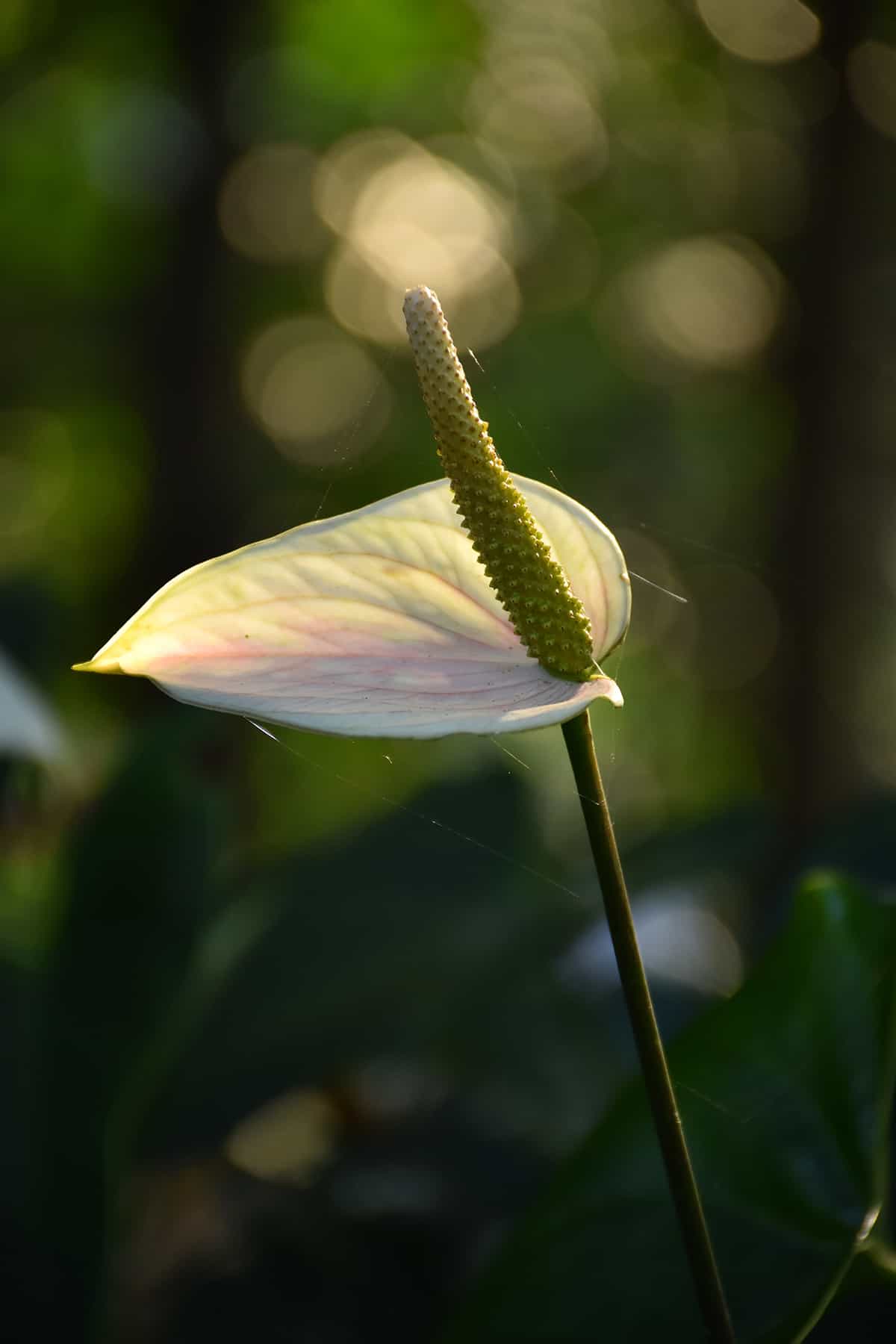
The Flamingo flower is botanically known as Anthurium, and it also is commonly referred to as the Laceleaf Plant or the Tailflower. The foliage of this plant is not particularly similar to that of the Peace Lily, however, the flowers have a strong likeness. Like the Peace Lily, the part of the plant which most people regard as the flower on a Flamingo Flower is actually not the flower at all.
The true flower is the spadix, which is the erect spike protruding out from the colored ‘petal’ below. The true flowers of the Flamingo Flower, like the Peace Lily, are usually yellow. The ‘petal’ is, of course, not a petal, but instead, it is a modified leaf called a spathe or a bract. This is the case for both plants.
The fact that the flowers are so unusual and yet strikingly similar leads many people to wonder if the Flamingo Flower is actually a type of Peace Lily or if the two are related. The answer to both of these questions is: no. The two plants are not related, and in fact belong to entirely different plant genera.
The spathe on a Flamingo Flower can be white, and the spathe on the Peace Lily is always white. If you see a white Flamingo Flower plant, it can be easy to mistake it for a Peace Lily. The way to tell them apart is by the look of the spathe, which in a Peace Lily will be erect, silky, and elegant, and on a Flamingo Flower will be rigid, flared, and heavily veined.
Flamingo Flower plants come in other colors, including red, pink, and purple. If you see a Flamingo Flower with a spathe in a bright color, this is a clear indication that it is not a Peace Lily, as these only have white or off-white spathes.
Calla Lily
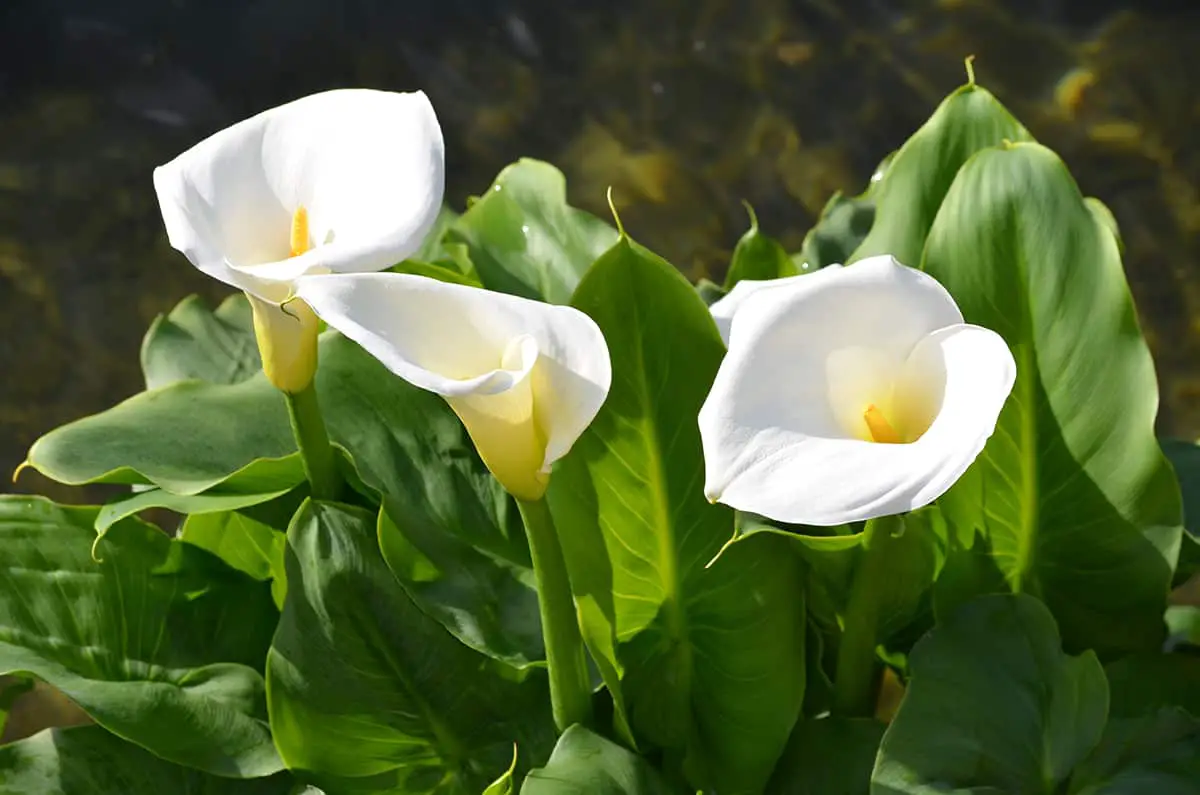
The Calla Lily is commonly mistaken for the Peace Lily because both the foliage and the flowers look very similar. Despite the fact that both of these plants contain the word ‘lily’ in their names, neither of them is actually a true lily, and they are not related to each other. The Peace Lily belongs to the Spathiphyllum genus, while the Calla Lily belongs to the Zantedeschia genus.
The two plants share flowers which are made up of a spadix surrounded by a spathe rather than a petal. The difference in the bloom lies in the shape of the spathe, as well as the color. On a Peace Lily, the spathe will only appear on one side of the spadix, while on a Calla Lily the spathe will be wrapped around the spadix and be flared at the end like a trumpet.
While Peace Lilies only have white spathes, Calla Lilies can have white, cream, yellow, pink, or purple spathes. The foliage of the Peace Lily is lance-shaped and deep green, while the foliage of the Calla Lily is a medium to pale green and shaped like an arrow. Although the foliage is not strikingly similar on these two plants, it is also not very dissimilar, so it is an easy mistake to make to confuse one for the other.
Hart’s Tongue Fern
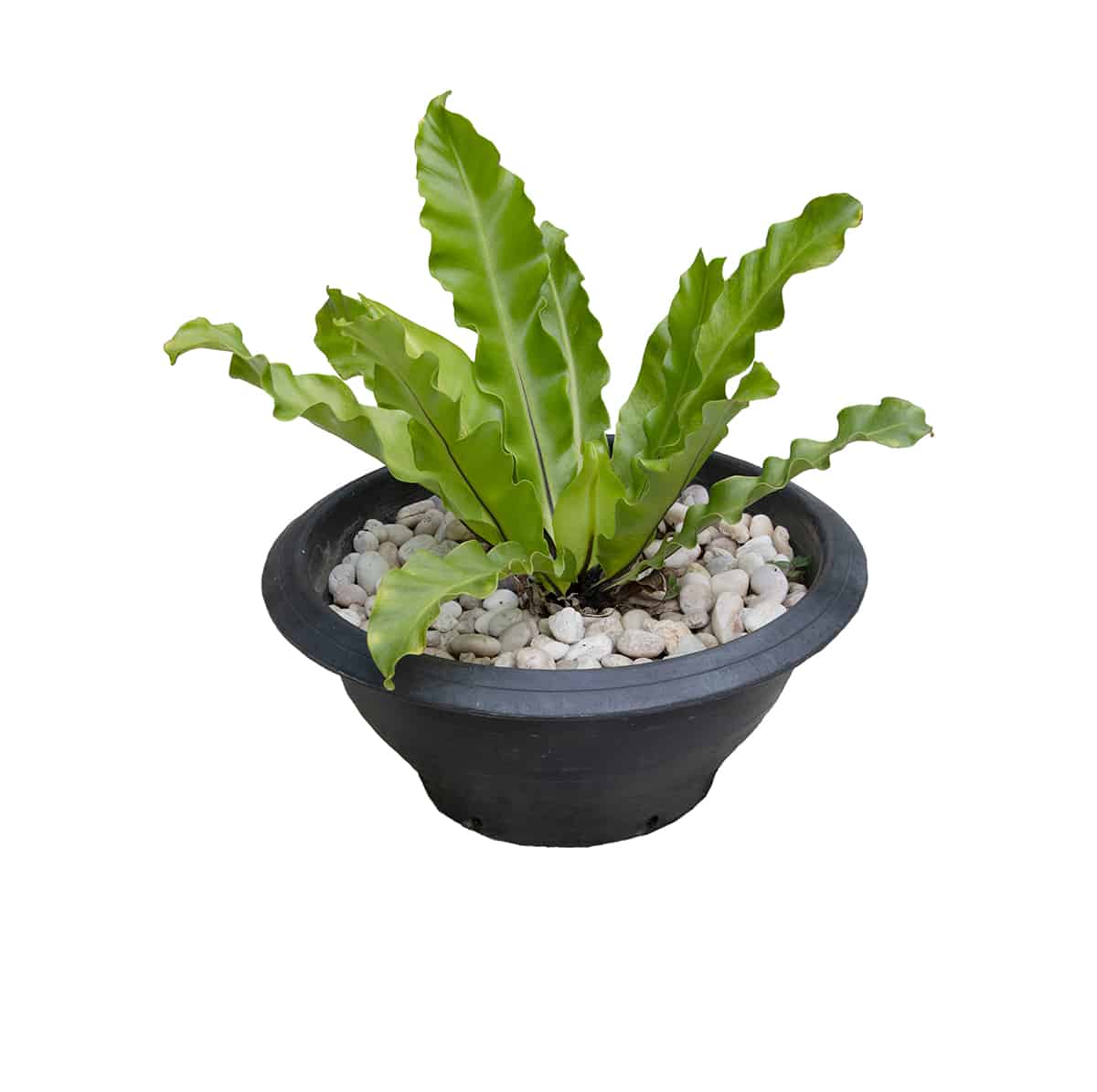
The Hart’s Tongue Fern is botanically known as Asplenium scolopendrium. It is similar to the Peace Lily both in terms of looks and the type of environment it thrives.
The Hart’s Tongue Fern has foliage that is long and slender, and it is wavy, which results in a ruffled appearance. Some types of Peace Lily, such as the Blue Moon Peace Lily, also have ruffled foliage, making the two plants appear quite similar. The Hart’s Tongue Fern does not flower, so the visual similarities end with the foliage. However, like the Peace Lily, the Hart’s Tongue Fern thrives in high levels of humidity, low light, and moist soil.
Plants that need Similar Care to Peace Lily
If you are looking for a plant that enjoys similar care conditions to the Peace Lily, consider these options.
Plantain Lily
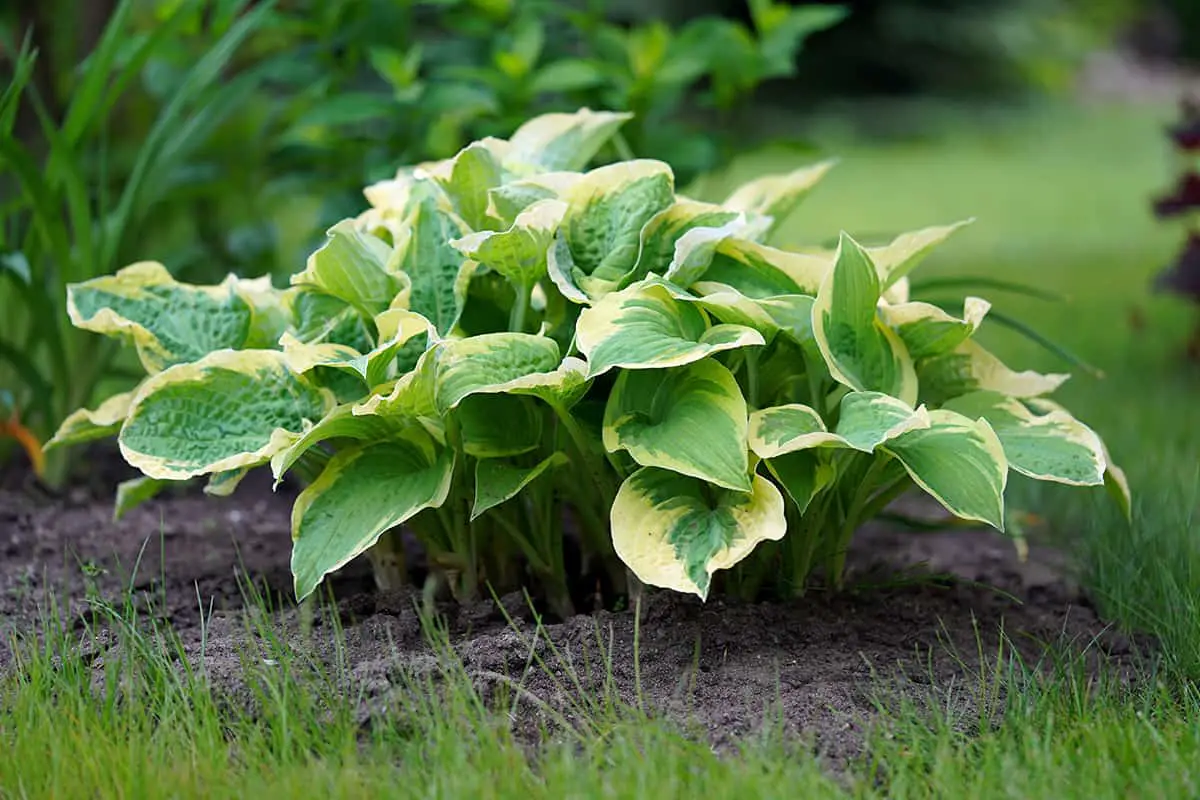
Plantain Lilies, also known as Hosta’s, are popular foliage plants that thrive in shaded positions and in moist soil, just like Peace Lilies. Another similarity between these plants is that they both contain the word ‘lily’ in their common names, despite not being part of the Lily family or genus at all.
Some varieties of Plantain Lily produce foliage that resembles the foliage of the Peace Lily in the way that the leaves are elliptical and dark green, however, the flowers of the Plantain Lily do not share any similarities with the Peace Lily flowers.
Boston Fern
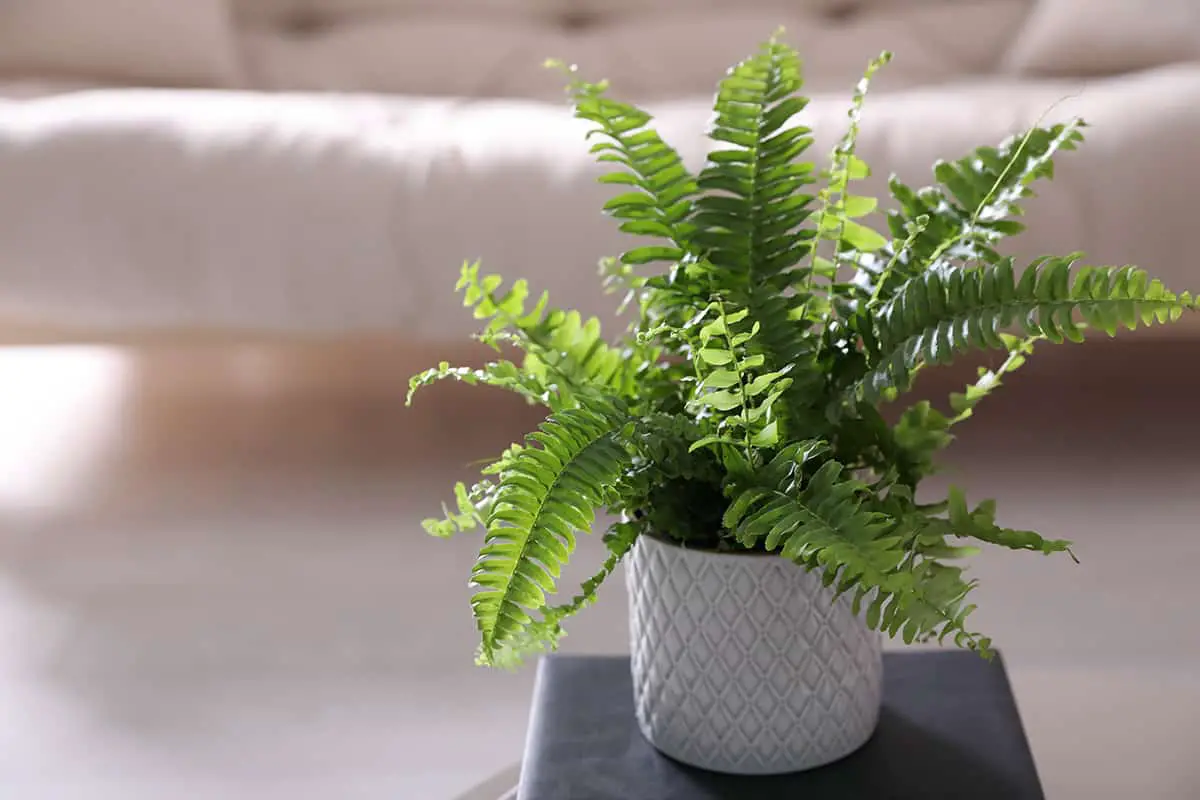
The Boston Fern, botanically known as Nephrolepis exaltata, is widely cultivated as a shade-loving houseplant, just like the Peace Lily. Both of these plants also thrive in moist soil and high humidity levels, so they both work well in bathrooms and kitchens.
Visually, the Boston Fern and the Peace Lily share no similarities, but if you are looking for a plant that you can treat in much the same way as a Peace Lily, then the Boston Fern is a good choice.
Are there Multiple Varieties of Peace Lily?
If you are new to Peace Lilies, then you may be surprised to find that there are a total of 47 known varieties of this plant. Many people are familiar only with the common Peace Lily plant, widely cultivated as a houseplant, but there are actually many more types that you can grow both indoors and outdoors, depending on your local climate.
If you want a plant that looks like a Peace Lily, then why not go for a different variety to your usual Peace Lily to mix it up a little without straying from the Spathiphyllum genus?
Peace Lily Varieties
Sensation Peace Lily
The Sensation Peace Lily is also known as the Giant Peace Lily because of its enormous stature. In its native habitat, it will grow to heights of up to 6 feet and spread to a similar width. This is the most widely commercially produced variety of large Peace Lily, and it makes for a striking houseplant.
White Stripe Peace Lily
The White Stripe Peace Lily could easily be mistaken for a different plant because the variegation is not what you would associate with the Peace Lily.
This plant has thick white stripes running down the central vein of the leaves and further subtle striping across the sides. It can be distinguished by the tell-tale Peace Lily blooms.
Domino Peace Lily
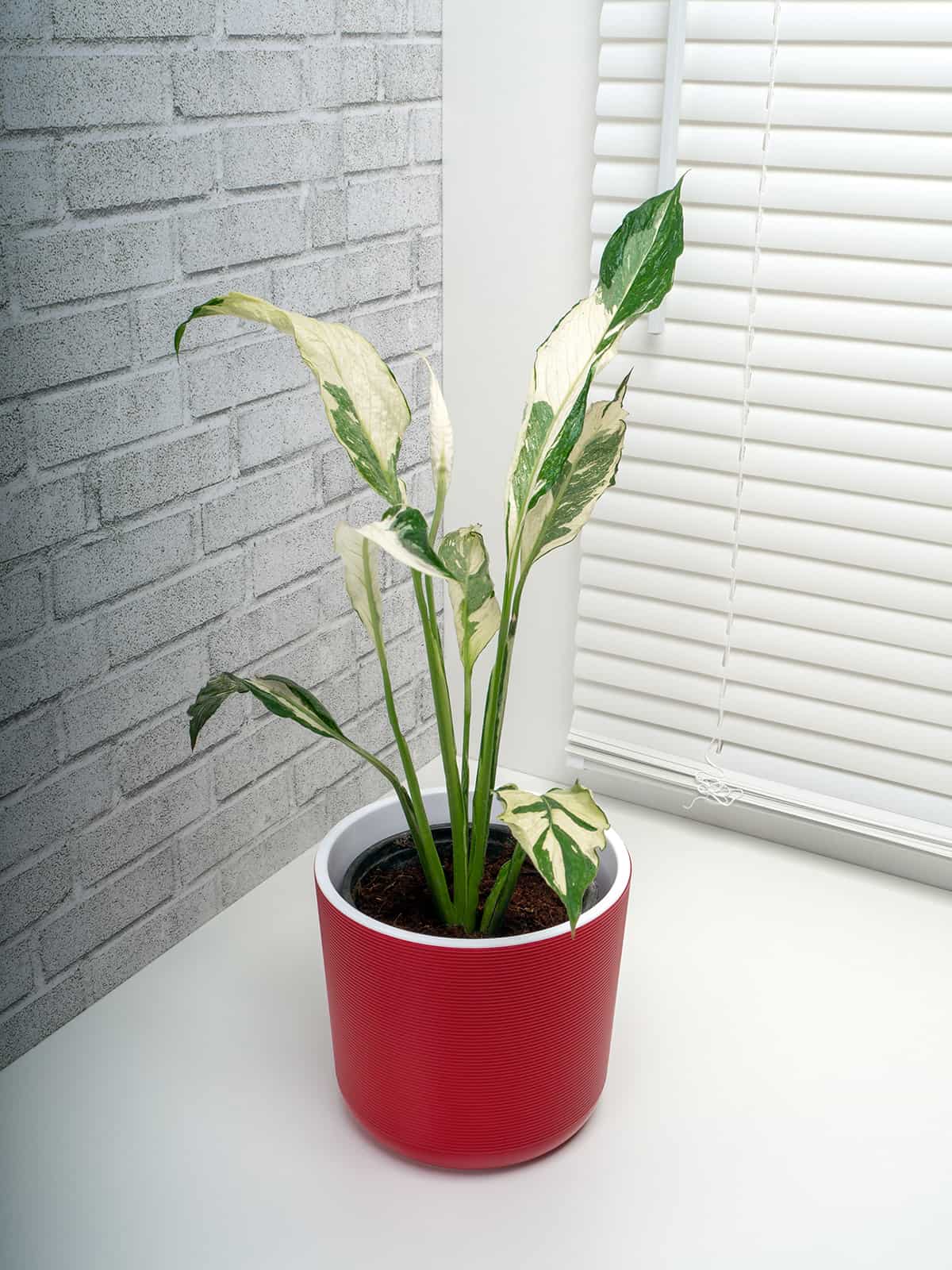
This Peace Lily has flecked foliage in dark green, pale green, and cream. It has leaves in the same lance shape as the more common Peace Lily. The variegation will be more pronounced when the plant is subjected to bright indirect light.
Little Angel Peace Lily
This Peace Lily is a dwarf variety that grows to around 1 foot in height. It has heavily ribbed dark green leaves that catch the light. This plant produces typical Peace Lily blooms, with a white spathe surrounding a yellow spadix, but unusually the flowers do not grow on the end of stems. Instead, the flowers appear at the end of the lance-shaped leaves, creating the look of a lush floral bouquet.
Picasso Peace Lily
The Picasso Peace Lily is a heavily variegated version of this plant, which features large splashes of dark green, mint green, and cream. When grown outdoors, this stunning plant can reach heights of up to 6 feet, but when grown indoors, it rarely exceeds 2 feet tall.
